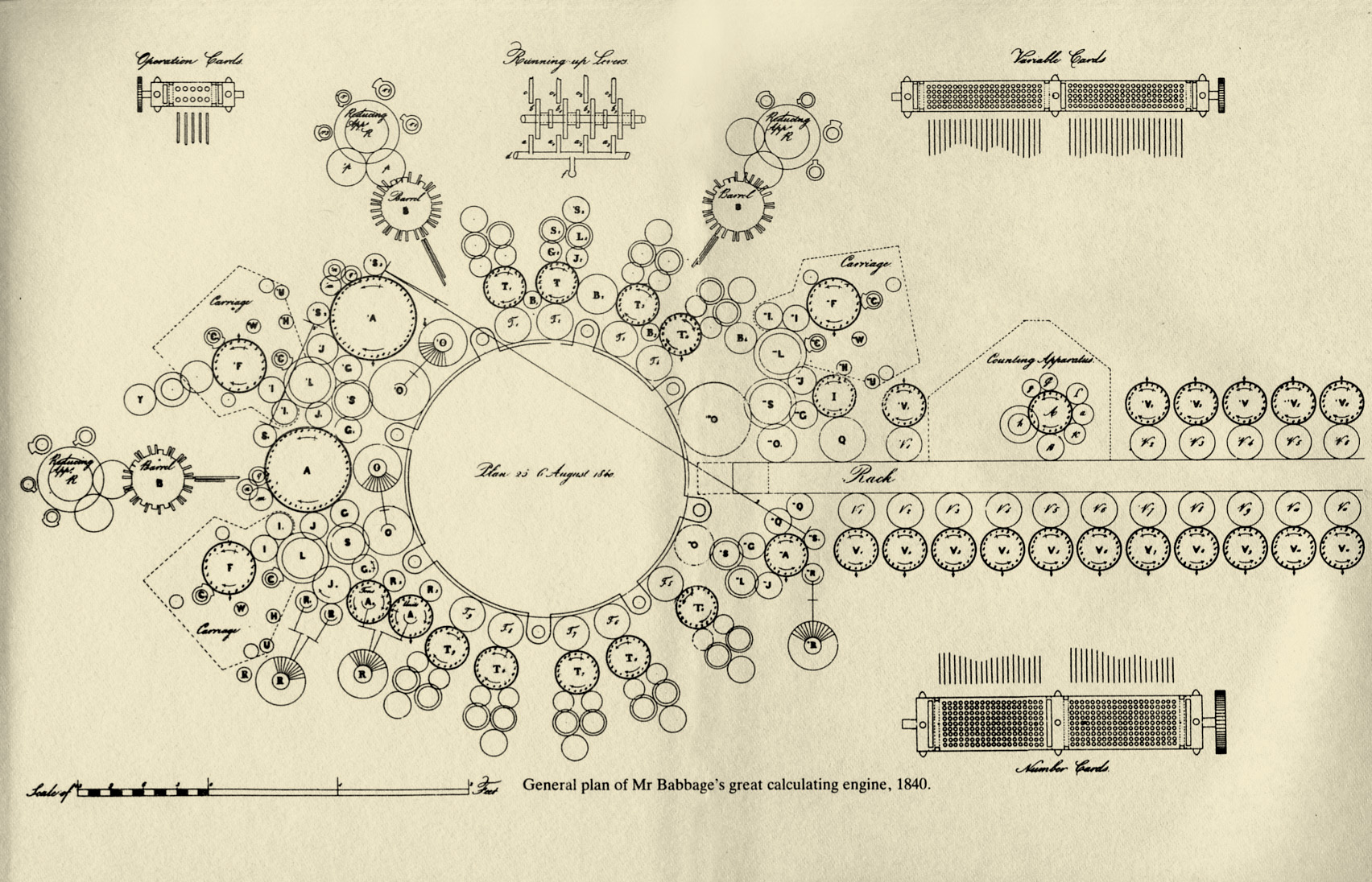Introduction to Computational Thinking
Historic hero: Noam Chomsky

Founders of the cognitive science field
Father of the modern linguistics
Provided a classification for formal grammars
A formal grammar is a mathematical tool for defining a language (e.g. English) according to a finite set of production rules, that allows one to construct any syntactic valid sentence of such language
Types of formal grammars
regular grammars (the least expressive)
context-free grammars
context-sensitive grammars
recursively enumerable grammars (the most expressive)
All specify constraints on the way one can use terminal and non-terminal symbols
terminals are elementary symbols of the language (e.g. words), e.g.
"write"non-terminals (e.g.
<sentence>) can be replaced by a combination of terminal and non-terminal symbols
Example of formal grammar
A simple grammar defined using the Backus-Naur form
<sentence> ::= <pronoun> "write"
<pronoun> ::= "I"
<pronoun> ::= "you"Is the sentence I write
part of the language defined by the aforementioned grammar?
<sentence> ⇒
<pronoun> "write" ⇒
"I" "write"The sentence I write
is part of the language
Meaning: part 1
Computational Thinking and Programming
Definition of computational (Oxford Dictionary): using or relating to computers
A computer (today): electronic device
A computer (before advent of electronic computers): a person who performs mathematical calculations
In this course, with computer we mean any agent (i.e. anything that can act if appropriately instructed, such as a person or a machine) that is able to make calculations and to produce some output starting from input information
Computers
Human computers: in France, creation of mathematical tables for converting values from the old imperial system of measurement to the new metric system

Babbage's Analytical Engine

ENIAC
Meaning: part 2
Computational Thinking and Programming
The word programming stands for programming language
Natural language: ordinary language (e.g. English), either written or oral, that has evolved naturally in humans, usually without a specific and premeditated planning – expressive but ambiguous
Programming language: formal-born languages (Chomsky's context-free languages, usually) - less expressive but not ambiguous by construction
Kinds of languages 1/2
Machine language
100010110101010000100100000010001000001111111010000000000111011100000110101110000000000000000000000000000000000011000011100000111111101000000010011101110000011010111000000000010000000000000000000000001100001101010011101110110000000100000000000000000000000010111001000000010000000000000000000000001000110100000100000110011000001111111010000000110111011000000111100010111101100110001001110000010100101011101011111100010101101111000011Low-level programming language
fib:
mov edx, [esp+8]
cmp edx, 0
ja @f
mov eax, 0
ret
@@:
cmp edx, 2
ja @f
mov eax, 1
ret
@@:
push ebx
mov ebx, 1
mov ecx, 1 @@:
lea eax, [ebx+ecx]
cmp edx, 3
jbe @f
mov ebx, ecx
mov ecx, eax
dec edx
jmp @b
@@:
pop ebx
retKinds of languages 2/2
High-level programming language
unsigned int fib(unsigned int n) {
if (n <= 0) return 0;
else if (n <= 2) return 1;
else {
unsigned int a,b,c;
a = 1;
b = 1;
while (1) {
c = a + b;
if (n <= 3) return c;
a = b;
b = c;
n--;
}
}
}Natural language
The function for calculating the nth Fibonacci number takes as input an integer "n". If "n" is less than or equal to 0, then 0 is returned as result. Otherwise, if "n" is less than or equal to 2, then 1 is returned. Otherwise, in all the other cases, associate the value "1" to two distinct variables "a" and "b". Then, repeat indefinitely the following operations: set the variable "c" as the sum of "a" plus "b"; if "n" is less than or equal to 3 then return "c", otherwise assign the value of "b" to "a" and the value of "c" to "b", and finally decrease the value of "n" by 1 before repeating.
Meaning: part 3
Computational Thinking and Programming
To think (definition, Oxford Dictionary): use one's mind actively to form connected ideas
Agree on which language to use for the communication between us and a computer (either human or machine)
Think about possible instructions that, if followed systematically, can return the expected result to a certain problem
Abstraction is the key
Identify patterns that depict a possible solution for a set of abstractly-homogeneous situations
Reuse the same strategy for reaching our goal, if that strategy has been successful in the past


What is Computational Thinking
An approach for solving problems, designing systems and understanding human behaviour that draws on concepts fundamental to computing
Reshape the abstractions we have ingested as consequence of our life experiences – that we are unconsciously reusing
Being again fully conscious of such abstractions, we can use an appropriate language for making them understandable to a computer, in order to automatise them
Final goal of Computational Thinking: think like a Computer Scientist, even when dealing with common tasks